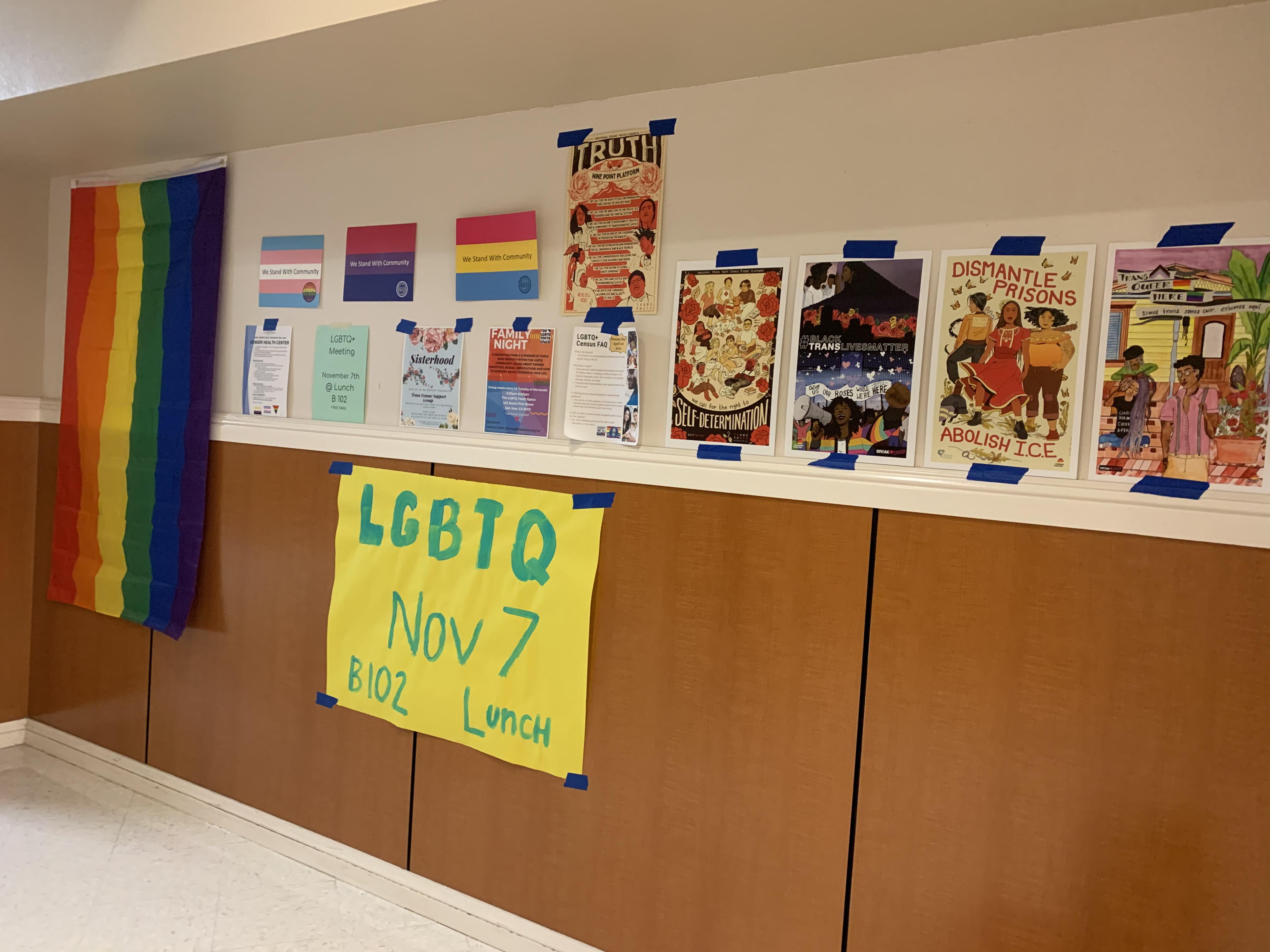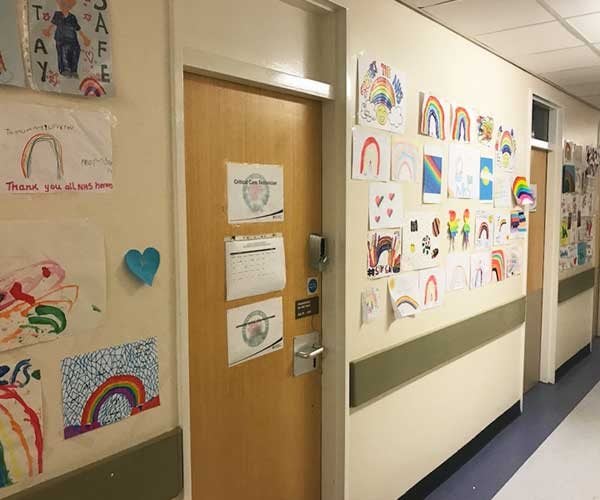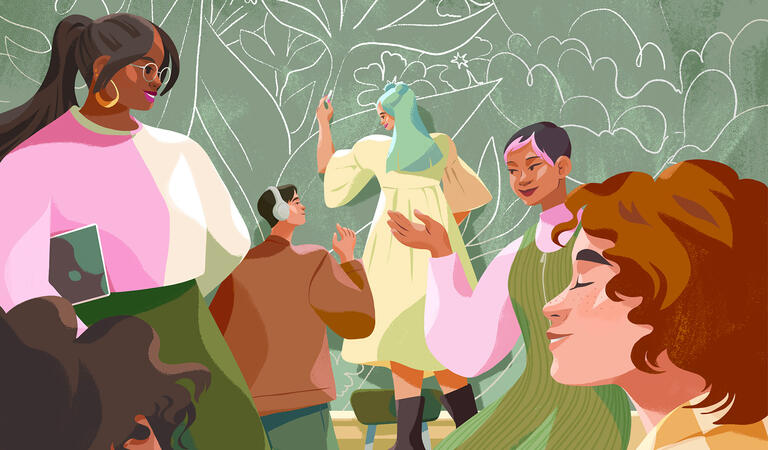Author: Chase Iaconelli
Date: 6/20/24
Learning That Facilitates Awareness, Inclusion, Activism & Change
Across the expansive and ever-changing landscape of contemporary education, there is a growing embrace of teaching methods and practices rooted in progressivism’s enlightened principles. The Southern Poverty Law Center’s ‘Learning for Justice’ has led the charge in such teaching modalities by crafting classroom resources and teacher professional development. The aim of the site and the initiative is not only to dismantle the effects of white supremacy within Southern education but also to bolster awareness around intersectionality and the advancement of human rights for all people. Steeped within the Learning for Justice initiative is a multi-dimensional approach that works with educators to best orient themselves around culture and climate, curriculum and instruction, leadership, family, and community engagement. The initiative deploys tools that include articles, guides, lessons, films, webinars, and comprehensive frameworks for teachers to structure their content.
It seems warranted to investigate one of these tools to see what value they serve for teachers and students in order to better understand the anatomy of learning for Justice.

Collage of Concerns: Do Something K-12
One tool that seems to pronounce itself when navigating through the website is the Collage of Concerns: Do Something learning plan. In this activity, the teacher will have their students create a collage incorporating pictures that express the issues surrounding social Justice and diversity. The theme or direction of the project will be related to the content the students have been learning, such as the central text or characters of a book. The project will take place over a week. The value of the lesson will be to develop literary skills and effectiveness in communication; their engagement with the contents of the lesson’s book will allow the students better to understand the issue of social Justice and diversity while also allowing them to express their ideas and feelings on the matter.
First, the teacher will instruct the students to hunt for newspapers, magazines, and catalogs to share their recycled images with other classmates and define the direction of their collage. Then, the students will draft a template consisting of visual checklists consistent with the rubric provided by the teacher. The “Do Something Planning Guide” will be their map as they move through the project’s objectives. The teacher will add instruction throughout the week so that the students clearly understand the expectations of the rubric and assignment. For the sake of clarity, let’s say that the book being reviewed is about a girl who belongs to the LGBTQ+ community and faces hardship and hatred as she strives to become a professional tennis player; the students will brainstorm talking points relevant to the story and begin to combine their images so to express a chosen theme about her story effectively. Students can draw their illustrations and be encouraged to find words associated with social Justice, anti-bias, or LGTBQ+ pride. Once students develop a coherent direction for the project, they can begin the creative process of collaging.
.


An example of collages and images relating to the issues of social justice, awareness, and LGBTQ+ matters seen in a school and hospital.
The teacher will instruct the students to write captions that are descriptive of what their theme is and what the overall concern of the collage might be, relating to the protagonist’s journey in the book. Once the collage is finished, the students, who had been assigned or allowed to pick their own groups, will present their finished product to the class. The Do Something learning plan should be posted in a hallway or visible space, and family member, other classes, grades and members of the school are not just encouraged but invited to come and see their work. This fosters a strong sense of community, academic praise and awareness to the topic of LGBTQ+ issues. Onlookers can leave sticky notes and comments on the collage to further promote community participation, dialogue and awareness on the given theme or topic of the project.
The week after the projects are submitted and presented, the teacher will engage in a reflective discussion about the process of creating a collage, the central themes of the text, and the deeper considerations and impact that such issues have on the community and the class as a whole. Students should feel confident in the book’s central purpose and be encouraged to develop uplifting solutions to their concerns relating to the complexities of social and cultural issues within the lesson.
The Learning for Justice website contains lesson plans and guides for teachers to reach their students in new and exciting ways while fostering a basic understanding of diversity, inclusion, Social Justice, and progressive perspectives. The Southern Poverty Law Center understands that these types of lessons can be seen as controversial and at times ill-placed within the classroom, but their goal in offering these types of tools is to change the conversation around taboo and uncomfortable topics by increasing awareness, education, and engagement for the future generations of teachers and students. Rest assured, the Learning for Justice initiative is a comprehensive and well-thought-out resource designed to equip educators with the necessary tools to navigate these complex issues in the classroom.
